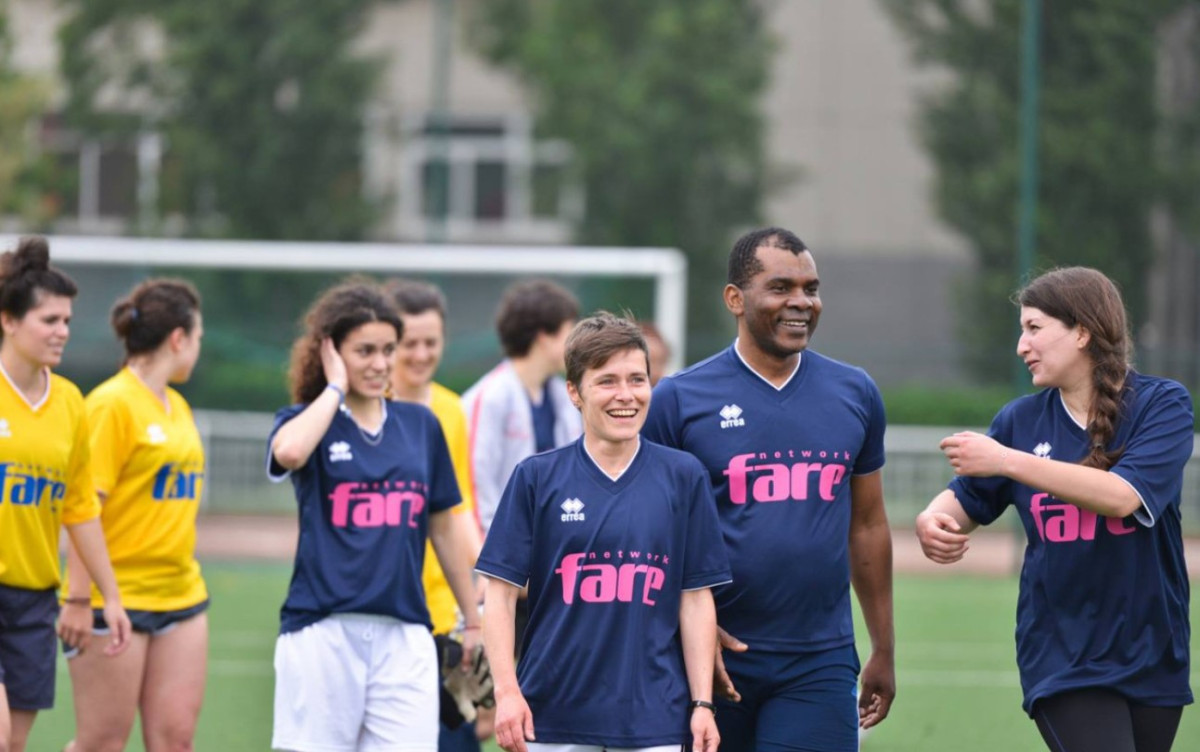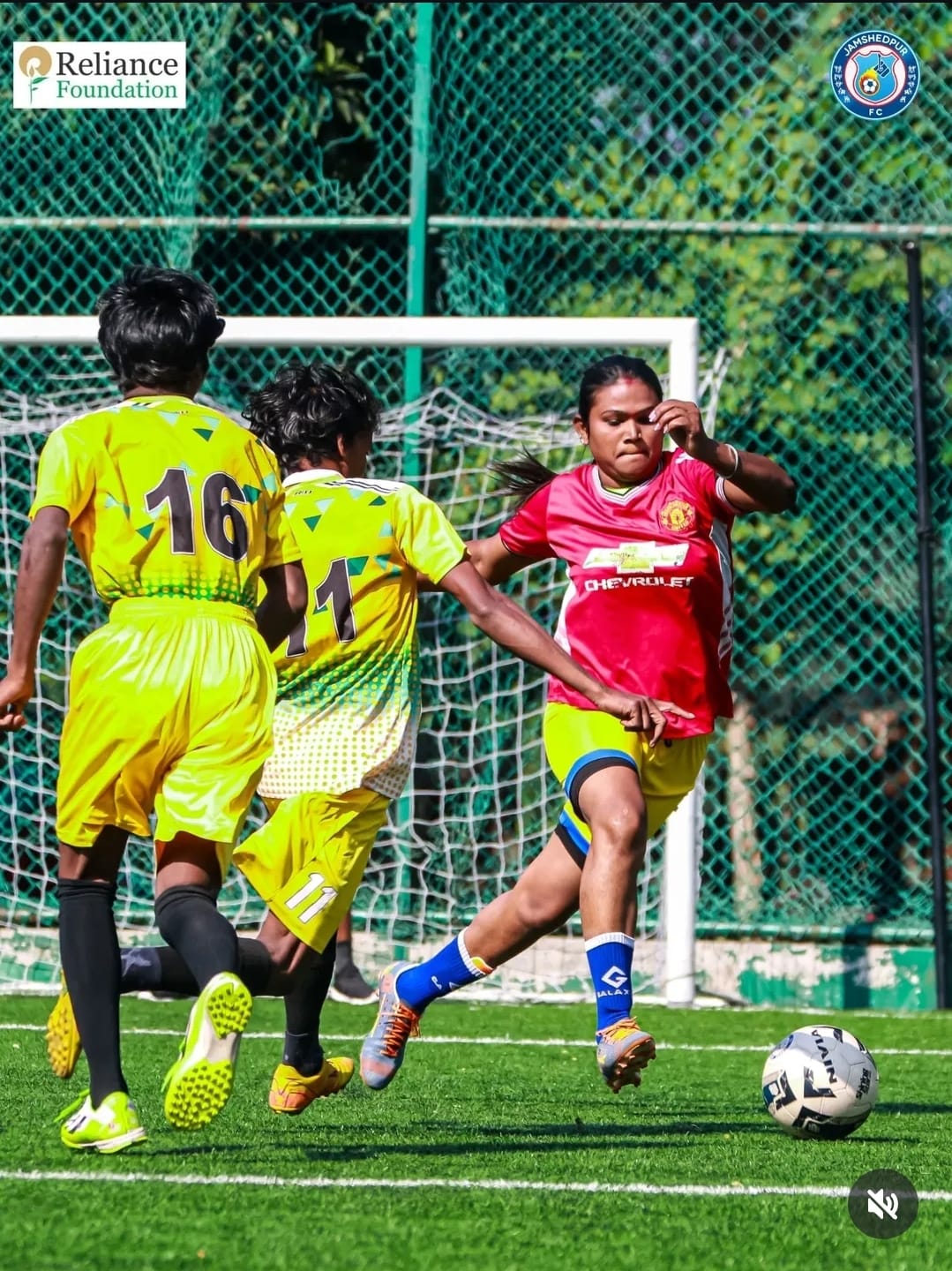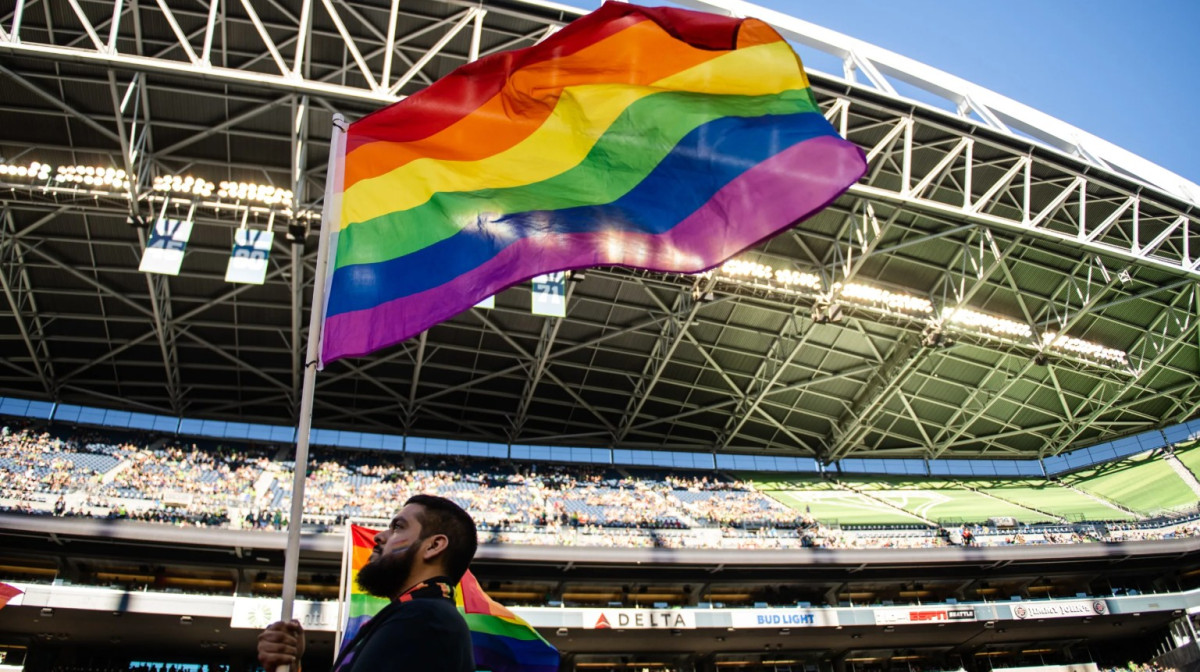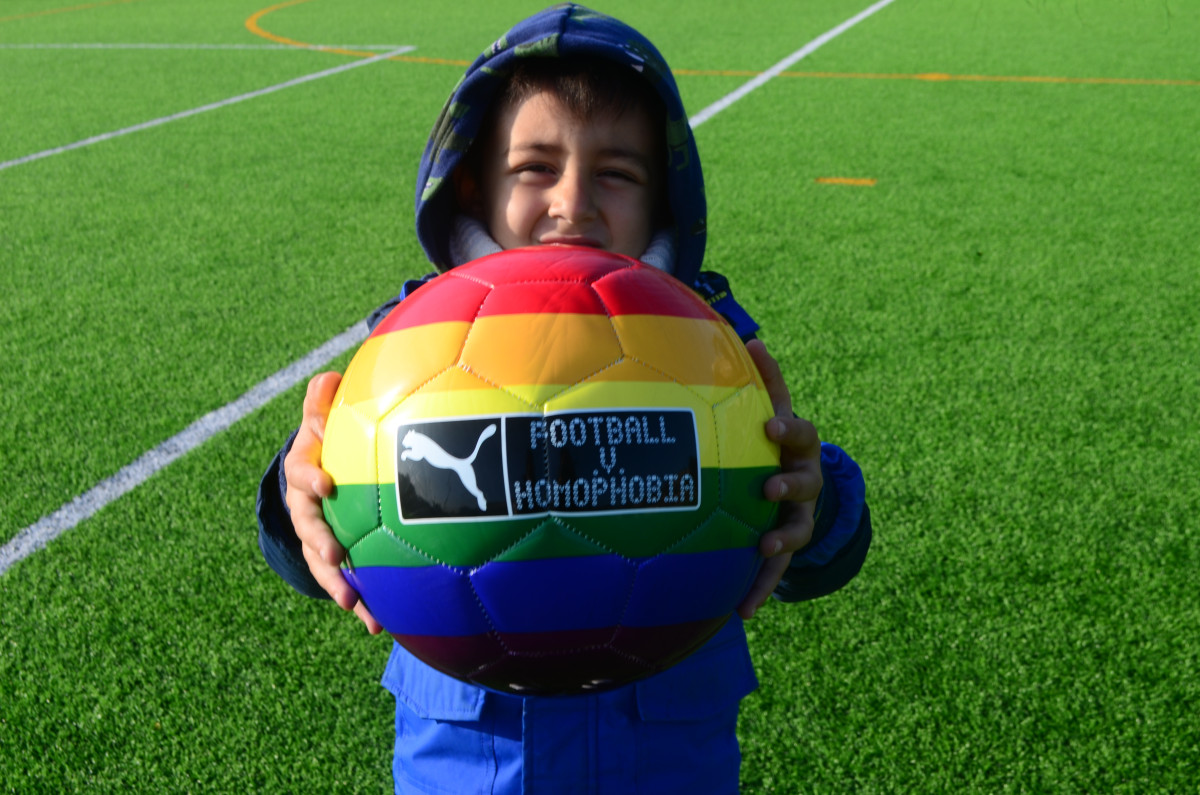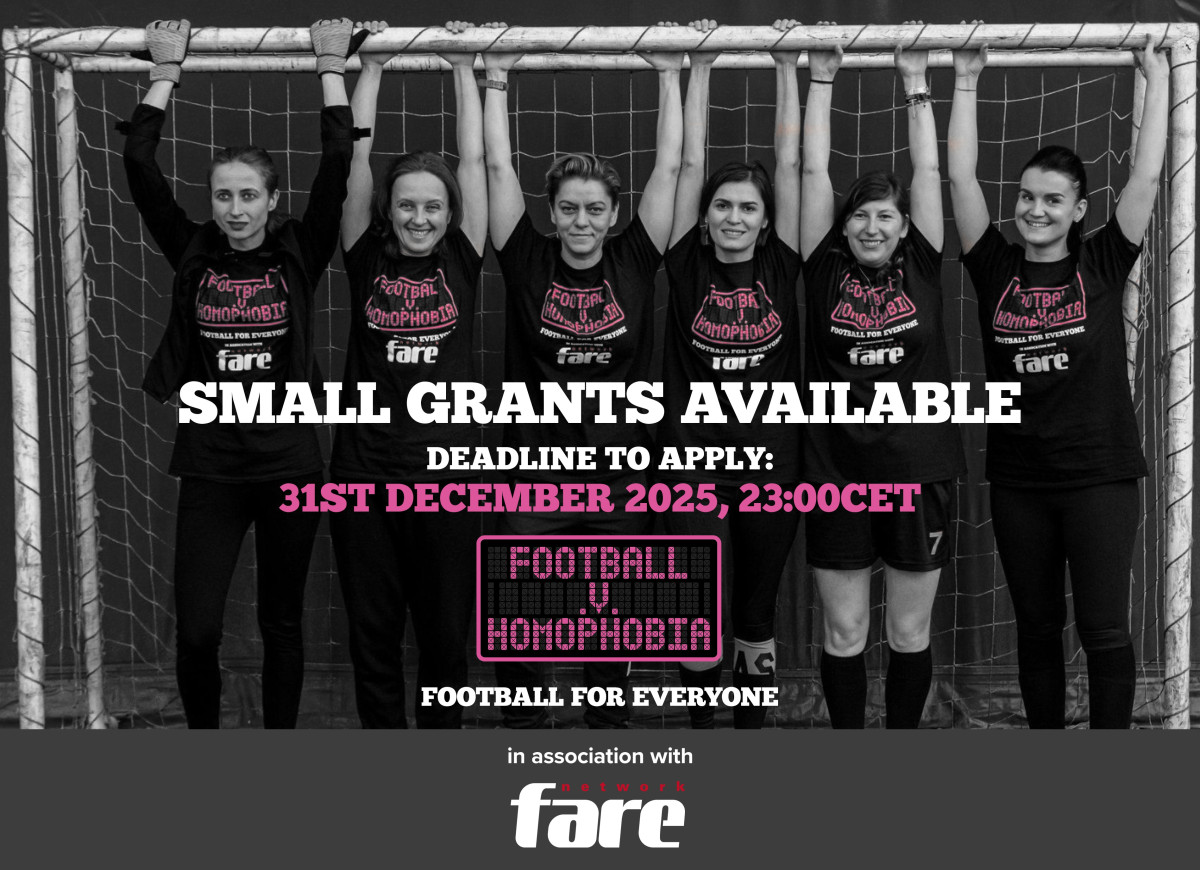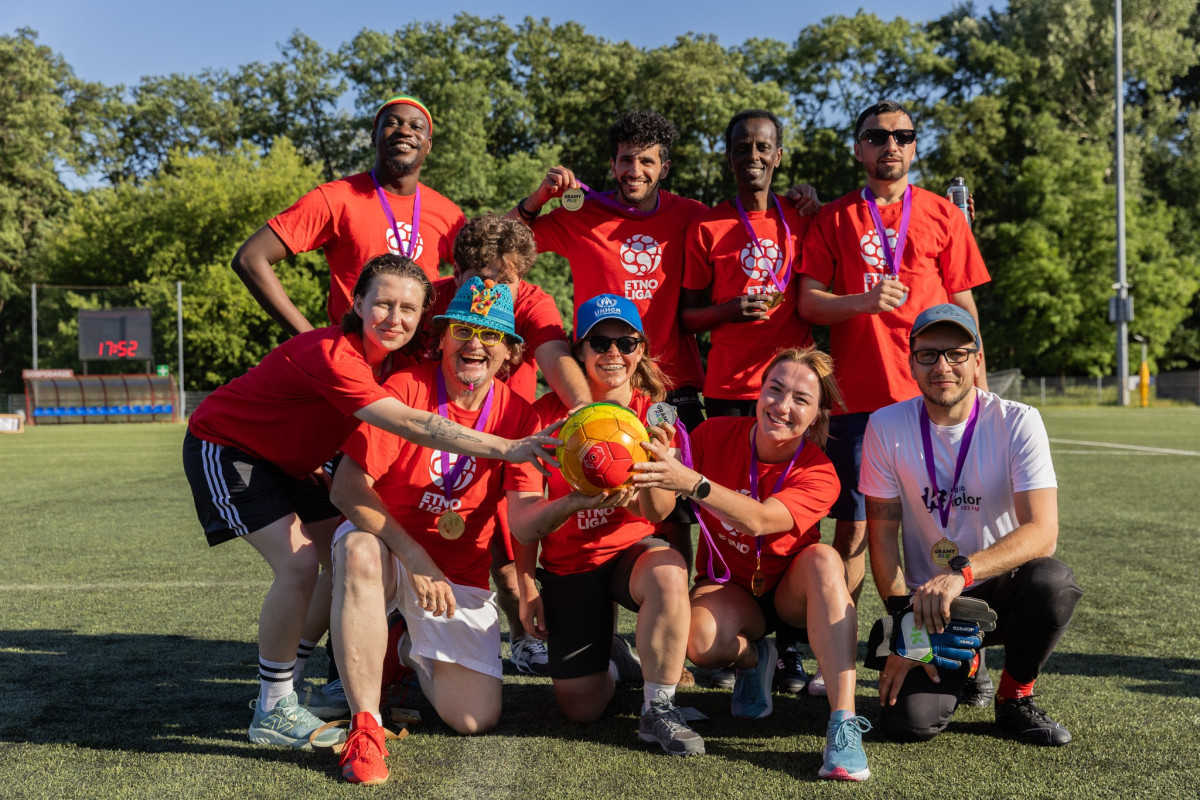In 2016 the visibility of the Roma community in football may have reached new heights. With the victory of Portugal over France in the 2016 UEFA European Championships final, Ricardo Quaresma became the most prominent, and the first known, Roma player to win the tournament. If it hadn't happened for Queresma, on the opposing side was André-Pierre Gignac, also of Roma descent.
Federación de Asociaciones Gitanas de Cataluña (FAGiC), a Roma rights group member of the Fare network, celebrated the achievement, while in Portugal, the Roma youth association Associação Cristã de Apoio à Juventude Cigana considered it an opportunity to breakdown stereotypes and for a role model to emerge for Roma youth.
But the achievement went unnoticed to most.
‘Anti-Roma prejudice remains strong’
The stigma and prejudice facing the Roma community, Europe’s largest ethnic minority, continues to hinder the chances of recognition of their achievements.
“Anti-Romani prejudice remains strong throughout Europe – around English grounds you still hear calls of “gyppo” when a player of a certain appearance plays for the opposition and few regard it as anything overtly negative. It still seems to be a prejudice that carries little taboo.” wrote Steven Kay after publishing ‘The Evergreen in red and white’, a novel about the English Roma player Rabbi Howell.
Howell made history when he made his debut for England in 1895, becoming the first Romani footballer and the world’s first Romani international.
He played at the top level until the age of 36, but despite his achievements historical records of his career are limited. His recognition came over 130 years later with Steve Kay.
‘Sports of the poor’
Football, gymnastics have long been amongst main disciplines in which Roma athletes have excelled alongside a long tradition in boxing.
In Macedonia, in the summer of 2011 when the country was celebrating success in the European championship in basketball in Lithuania and media attention was shared with the European championship in handball in Serbia, sports journalists looked at the representation of Roma athletes in the two sports. A survey found that 90% of Roma athletes played football or boxing.
“Those are the sports where you do not need much predispositions and conditions to become successful. Roma are considered a poor folk, they do not have the means to train for tennis for example, and so they mostly choose football or box," said Ljubomir Oshavkovski of the newspaper Makedonski Sport.
“Even on our grounds Roma people are training in local Roma clubs and are rarely noticed although some of them posses quality.”
Searching for recognition
In an attempt to recognize the contribution of Roma athletes who represented the former Czechoslovakia, in 2014 the Museum of Romani Culture in Brno, Czech Republic, presented an exhibition on their stories.
"Romani sport, past and present, is an area that has yet to be researched. That's why we decided to tell the stories of the immense number of these gifted, single-minded athletes, some of whom made it to the Olympics" exhibition curator Jana Poláková explained.
More recently, FC Roma a documentary praised by film critics for portraying the racial challenges of a team of Roma players in Děčín, Czech Republic, has tried to both expose the stigma around the Roma, which undermines the participation of Roma in sport, and recognize the team’s resilience and achievements.
On International Roma Day, the Fare network celebrates Roma culture and the contribution Roma athletes make to sport and the challenges they face.
